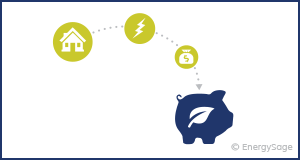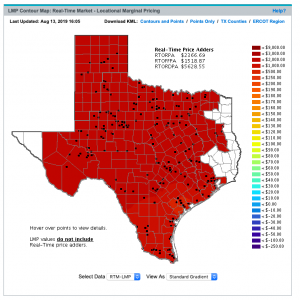What do you think about the PAHAL in energy?
Several important initiatives were brought to higher goals the subsidies and avoiding industrial use of LPG, considerably via the Pratyaksh Hanstantrit Labh (PAHAL), Pradhan Mantri Ujjwala Yojana (PMUY), and “GiveItUp” schemes. PAHAL also called the Direct Benefit Transfer of LPG scheme, sends the subsidy for the LPG bought directly to a citizen’s financial institution account Flagship Power plans . Key to the scheme’s fulfillment has been the Aadhaar identification gadget, which hyperlinks subsidy payments to financial institution debts, and the higher focus on subsidies immediately to girls, which has multiplied ladies’ financial inclusion and get right of entry to easy cooking. As of June 2019, 247 million LPG consumers have joined the PAHAL. By the usage of the PAHAL scheme, the GoI saved around USD eight.8 billion at some point in 2013-20. Under the PMUY, women and BPL families get hold of a subsidy. Initially targeting 50 million LPG connections, the scheme reached eighty million in September 2019. PMUY had total finance of USD 1.2 billion, which turned into dedicated via the primary government.
For the family to earn energy usage?

Individuals with annual earnings over INR 1 million are excluded (800 000 people). The 2019 finances additionally confirm the purpose to increase the PMUY to provide every single rural own family with strength and a smooth cooking facility. The GoI released the campaign wherein wealthier clients with higher incomes are asked to volunteer to forego or “switch” their LPG subsidy to a lower-income family. Middle-elegance LPG customers are donating approximately USD 250 million annually to the attempt. As of June 2019, over 10 million clients had voluntarily given it up. The manner in the direction of a country-wide power policy NITI Aayog is also making ready country-wide energy policy techniques, the so-called National Energy Policy (NEP), in collaboration with all ministries across the GoI. Building on the sooner electricity policy overviews organized by way of the Planning Commission, in 2017 NITI Aayog initiated the NEP as an overarching strength coverage report. The NEP pursuits to plan an “omnibus electricity policy” to fulfill the four interrelated goals of achieving electricity getting admission at cheap charges, ensuring financial development of India’s manufacturing potential, improving strength security and independence, and assembly the dreams of greater sustainability. The NEP sets precise objectives, policies, and governance/institutional arrangements on the way to meet those four key targets, appreciably thru strength efficiency, decarbonization measures on the call for the facet, and the installation, era, and distribution of renewable power. The NEP is in session in 2019. Energy statistics and facts in India India has no electricity data law that could streamline the reporting and series of data on electricity at the significant government degree. In India, power statistics are collected.
Where is energy related to statistics?
Some of the government corporations at valuable and state/territory degree of government. No one-prevent-keep for electricity facts is identified and mandated through law in India. As of these days, simplest the CEA and MoSPI have legitimate mandates that include information dissemination. Since 2012 the Central Statistical Office has started to deliver all of the energy-related statistics collectively in a devoted ebook on electricity records, together with a stability presentation. However, book dates vary extensively among ministries, in addition to through layout. The essential venture is to accumulate all current information from a couple of ministries, and from private operators (which are not beneath any reporting duty), to establish an effective verbal exchange and increase the completeness, timeliness, and person-friendliness of statistics dissemination.

